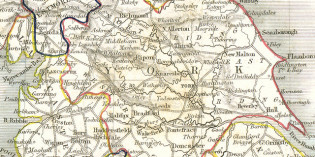Tag: Tim Smith

Why did the Conservatives’ large lead in vote shares produce only an 80-seat majority?
Plurality rule voting systems have a well-known tendency to exaggerate the seats of the largest party. A full analysis of the 2019 results remains to be completed, but Tim Smith finds evidence that this time around the Conservatives had a modest 23 seat advantage over Labour in terms of two-party bias. The ‘leader’s bias’ advantage was also much smaller than that which Labour enjoyed in 1997–2005. This may mean that the future boundary reforms to equalise constituency sizes may not be as beneficial as the Conservatives hope.

The UK electoral system now decisively favours the Conservatives
The previous Coalition government attempted to redraw the boundaries of the UK’s Parliamentary constituencies in order to remove a perceived bias against them, and towards the Labour Party. Though contentious, it was reckoned that the system made it harder to win a majority for the Conservatives than it did for Labour. Tim Smith argues that […]



 Democratic Audit's core funding is provided by the Joseph Rowntree Charitable Trust. Additional funding is provided by the London School of Economics.
Democratic Audit's core funding is provided by the Joseph Rowntree Charitable Trust. Additional funding is provided by the London School of Economics.